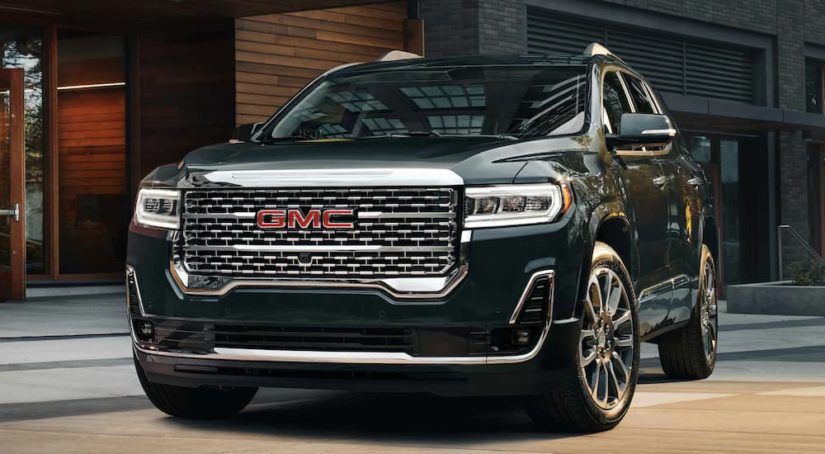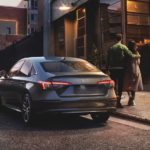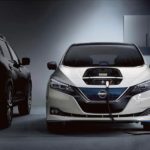If you have ever shopped for a car, then you are well aware that just because two cars share the same name, it doesn’t mean they have much in common. Stack a base model up against a fully loaded version of the same vehicle, and the differences are night and day. Fortunately, car manufacturers have made car shopping easier than the bad old days where you had a nearly infinite number of possible configurations, and getting a car with the exact options you wanted was an exercise in frustration. Today, models are (mostly) offered in a handful of different trims, usually with a well-thought-out selection of optional packages rather than the à la carte free for all that used to be the case.
If you are unfamiliar with the terms, a “trim” is a version of a vehicle with a set array of features, while a “package” is a collection of optional features that can be added to a trim. Trims are generally easily distinguished by a unique designation that is commonly found in chrome letters on the outside of the vehicle. Different trims also often include special exterior and even interior design elements (you could even say special trim – which is where the term comes from), setting them apart from each other.
Packages, on the other hand, are usually more subtle, and you usually can’t tell what packages a vehicle has unless you really know what you are looking for. While trims are usually built around major features, packages often include smaller upgrades. Packages are also often used to optimize a vehicle for a particular use, such as off-road packages or sport packages. However, to complicate things, sometimes having access to certain packages is a feature of a trim, making the two somewhat intertwined.
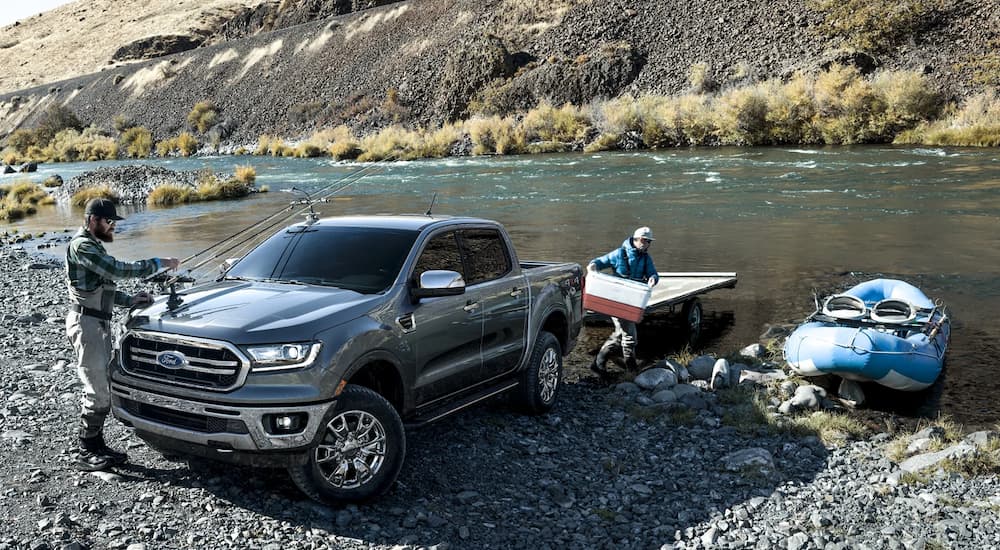
Shopping for Trims
While you may not often think about it in daily life, the trim of your vehicle is nearly as important as its model. In fact, many mechanical details of a model can be substantially different depending on the trim in question, including entirely different engines, drivetrains, wiring, and more. That is why a service center or auto parts store will usually want to know what trim your vehicle is before they can help you out. It is also why you should always keep trims in mind when you are shopping for a new car.
While it may be easy to imagine that each trim is simply a better (and more expensive) version than the one before it, that isn’t always the case. This is particularly true when a brand offers performance-oriented trims, as those are often more expensive than lower trims despite offering fewer comfort features. For example, the 2022 Toyota Camry TRD costs $32,360 even though it lacks dual-zone climate control and folding rear seats – two features that are standard on the base model 2021 Camry LE at $25,295. However, the TRD has a V6 engine and numerous performance enhancements instead. If you are shopping for a sports car, that’s great, but if you are shopping for a comfortable commuter, you can save some money and get a better car at the same time.
Fortunately, most brands have a pattern to their trim lineups that is shared by most of their models. For instance, Toyota tends to offer an LE, SE, XLE, and XSE trim on its cars and SUVs, while Ford builds its trucks in XL, XLT, Lariat, King Ranch, Platinum, and Limited trims. While brands these days prefer to give their trims simple alphanumeric designations, many of the most interesting trims have names and histories of their own. Some of the most popular trims are nearly models of their own. These range from GMC’s luxurious Denali trim to Jeep’s off-road Trailhawk trim and offer unique features and aesthetics not found in any other version of those vehicles.
Although it may be most obvious on those well-known trims, many trims have a particular focus to them. Unfortunately, that purpose may not be particularly obvious from the name. For instance, you might not immediately guess that the difference between Honda’s EX trim and its EX-L trim is that the EX-L has a leather interior – although it definitely makes sense once someone tells you. Other times it can be easy to get lost in a sea of similar names. If you are shopping for the most off-road-ready Toyota Tacoma, which do you choose? The TRD Sport, TRD Off-Road, or TRD Pro? (The TRD Pro is the one you’re looking for).
If you have a vehicle in mind, take a minute to visit the manufacturer’s website and pull up their features list or grab a model brochure at your local dealership. These will not only list every feature available for the model, they will say which features are available on which trims. While it may take some time to sort out which trim is best for you, it is well worth understanding a model’s trim selection before buying. A little bit of time now can ensure you get the perfect car, and finding the right trim can keep you from overspending while still getting the features you want.
Shopping for Packages
While trims are fairly straightforward to shop for once you understand the basics, packages get more complicated. Most manufacturers offer numerous different packages for every trim, and you can mix and match packages for added customization. However, unless you are custom-ordering your car (which is an option worth considering if you have the patience), you are stuck choosing from whatever packages your dealer thought to include in the vehicles it offers. For the most part, dealers are good about offering models with popular packages, but if you are looking for a specific combination of rare features, then you might have to shop around to find it.
Packages are also complicated because there is no real agreement about what a package should contain. Some packages significantly enhance the performance of a vehicle (such as the Ford Bronco Sasquatch Package or the Chevy Corvette Z51 Performance Package), while other packages consist of little more than some fancy stickers and bits of trim (looking at you Ford Mustang Black Accent Package and Chevy Equinox Redline Edition Package). This is why it is always important to read all the options for a vehicle you are interested in and figure out exactly what they add.
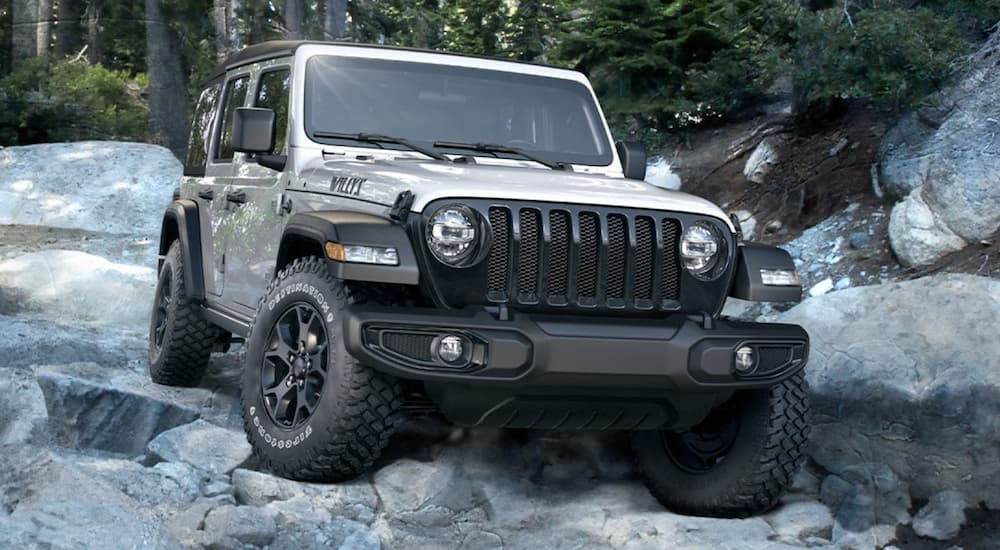
But That’s Not All… Independent Options and Special Editions
Today, the widespread use of trims and packages by manufacturers has helped simply car shopping. It is fairly easy to choose the right trim, flip through the major packages, and put together a vehicle that fits your needs. However, not every manufacturer has fully embraced trims and packages to the same extent. On the one hand, we have brands like Honda, which offers a limited number of easily-distinguished trims and minimal optional packages. On the other hand, we have brands like Chevy, which usually offers a half dozen trims with overlapping features and more packages than you can count – plus independent options and special editions.
Independent options are, as the name suggests, independent of any particular package or trim. Do you want heavy all-weather floor mats? While those might be standard in an off-road trim or a bad-weather package, they will also likely be offered as a stand-alone feature. Other common independent options include locking lug nuts, roof racks, trailer hitches, and more. However, they can also include more involved features all the way up to more powerful engines and all-wheel drive systems. This can add an extra level of complexity to car shopping, depending on the brand and model in question.
Finally, many brands like to offer special edition models, which are often only available for a limited time or in limited numbers. These can either take the form of special trims (which function just like normal trims but are less common) or special packages (which can be added to existing trims). Jeep is particularly infamous for offering huge numbers of special edition models, and there were close to a dozen different choices available for the 2021 Wrangler. These ranged from the 80th Anniversary model, which was only sold for 2021, to recurring favorites like the tropical Islander Special Edition and the military-themed Willys Special Edition.
However, just because a trim is called a “special edition” doesn’t really mean that it is actually a special edition. Toyota is pretty bad about this, with nearly every model in its lineup offering a Nightshade Special Edition for a couple of years now. Chevy is another repeat offender, with its Midnight, Redline, and Sport Editions being common fixtures in its lineup. On the other hand, some brands hide rare cars in plain sight – if you see the letters “CS” on a BMW, for instance, you should snap it up while you can. The 2022 M5 CS, for instance, is not only the most powerful BMW ever sold, it is 200 pounds lighter than the standard 2022 M5, and only a few hundred will be built.
Trims and Packages Are Your Friend
While it may not seem the case after reading all of this, trims and packages do make car shopping easier. At first glance, trying to figure out what all those weird names and designations mean can make you want to curse the marketing department that dreamed them up, but it is a simpler alternative to having to remember the hundreds of individual options that would need to exist in a world without trims and packages. By investing a little time and effort in understanding how a brand’s trims and packages fit together, the next time you walk into a dealership, you can know exactly what a car offers instead of being left nodding in confusion as the salesman rattles off alien-sounding names and numbers.
